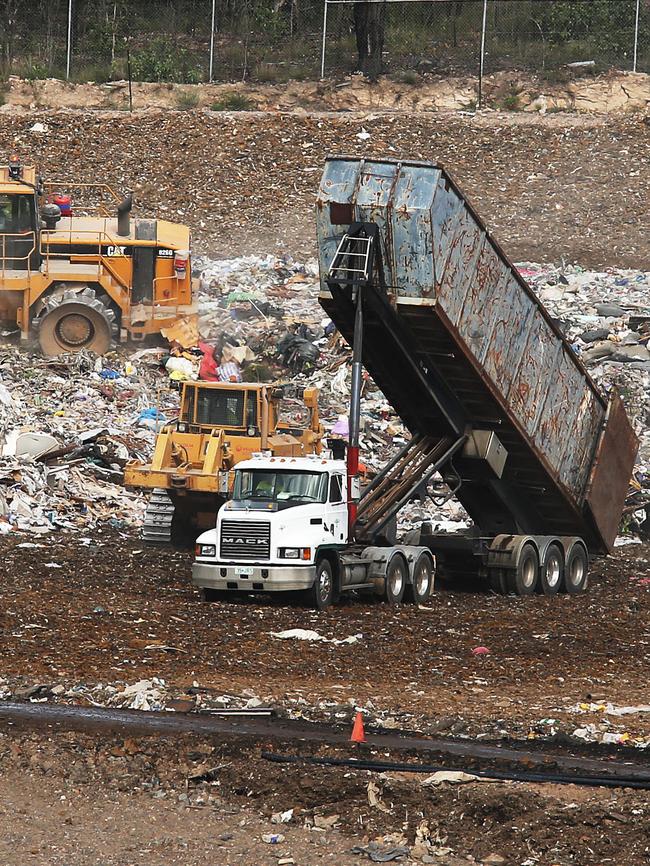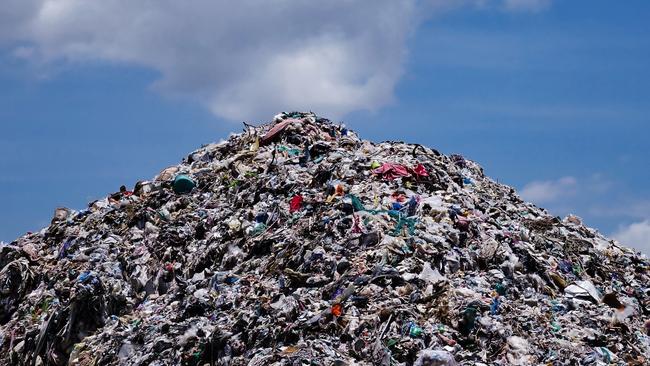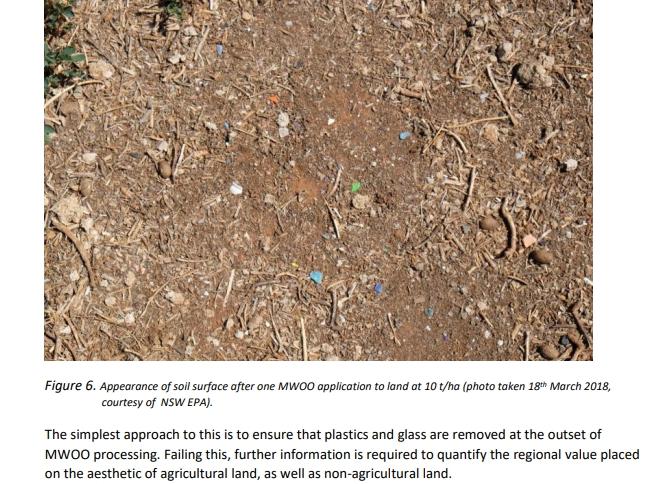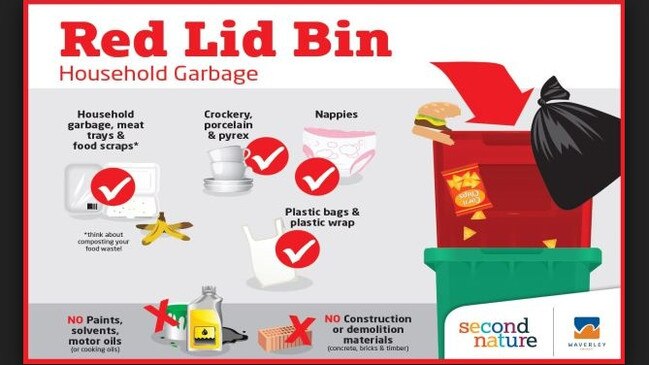Government ‘green scheme’ dumped toxic waste across NSW for 18 years
A GOVERNMENT green scheme that dumped waste containing nappies and plastics as “fertiliser” in NSW exposed humans and animals to cancer-linked toxins for 18 years.
NSW
Don't miss out on the headlines from NSW. Followed categories will be added to My News.
A GOVERNMENT scheme that for two decades has been spreading treated waste from red-lid household bins, including nappies and food scraps, across regional NSW has potentially exposed humans and livestock to cancer-linked toxins.
The Daily Telegraph can today reveal the Environment Protection Agency for six months sat on a scathing report that warned of the dangers, before the government quietly suspended the practice of using treated household waste as farm fertiliser just over a week ago.
The government cannot unequivocally rule out health risks, with an independent audit and review led by the state’s chief scientist now under way.


MORE NEWS
Sewage and wastewater into ocean off Bondi to stop
Resurrection for Sydney’s ‘boring’ night-life
Ray and Duff: Expert tips to win big at 2018 Melbourne Cup
Environment Minister Gabrielle Upton is furious the EPA delayed showing her the damning April report — the product of seven years research — until September 24.
The Department of Premier and Cabinet has launched its own investigation.
Under the scheme, about 100,000 tonnes of waste a year collected in household bins — including dirty nappies, plastic, food scraps and glass — have been sold by councils to independent waste businesses, who in turn sold it to farmers.
It was spread to reduce landfill and rejuvenate soil, but the EPA report found it had the opposite effect and eroded soil quality.

EPA regulations meant the waste was not directly spread in crops such as vegetables and fruit and was only permitted on broad acre agricultural land and mining rehabilitation sites.
But the report identifies concerns about cross contamination of agricultural land based on farming practices, grazing animals and seepage into groundwater.
Under the scheme, which was introduced by Labor in 2000 but only began to be regulated in 2010, waste has been spread across the North Coast, the Hunter, the central west and the southern and central tablelands.

The EPA has now asked the four independent companies that have been distributing the waste exactly where and how it was dispensed. While the government believes the health risk is low, this rests on farmers having followed the rules for using the fertiliser.
Ms Upton last night said NSW Health and the Food Authority believed it was “unlikely there has been any health risk to the general public”.
University of Sydney waste expert associate professor Ali Abbas, who reviewed the report for the Telegraph, said: “(The EPA) have uncovered a kind of contaminant that could risk the food supply and that goes to human health, so there is obvious concern being expressed in the report.”

The report mentions a range of damaging contaminants.
“The risk assessment for chemical contaminants in (the waste) raises concerns regarding the effects of several contaminants for broadacre agriculture,” it says.
Contaminants of concern include poybrominated diphenyl ethers (PBDEs), phenol and phthalates. PBDEs are a flame retardant; phenol is used in household cleaners; and phthalates are chemicals that make plastic flexible.
Exposure to phthalates has been linked to breast cancer, asthma, fertility problems and developmental. Studies have linked PBDEs to reduced fertility and possible cancer links. For PBDEs, phenol and phthalates “significant concern for human an environmental health remain and suitable control measures are needed,” the report says.
AREAS WITH TOXIC WASTE:
NORTH COAST
THE HUNTER
THE CENTRAL WEST
THE SOUTHERN AND CENTRAL TABLELANDS


